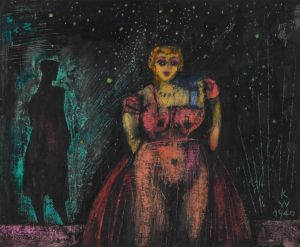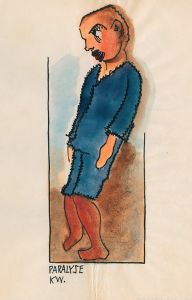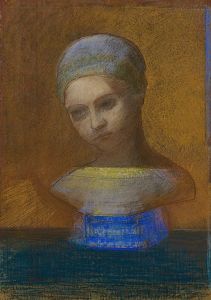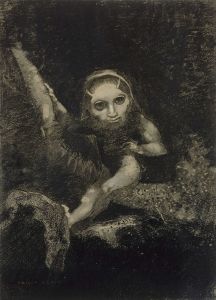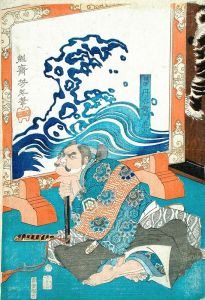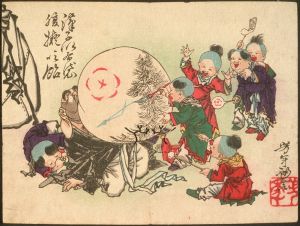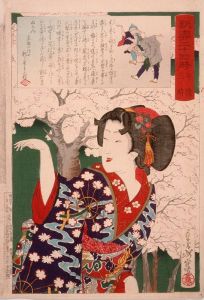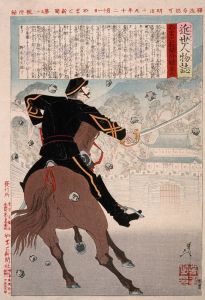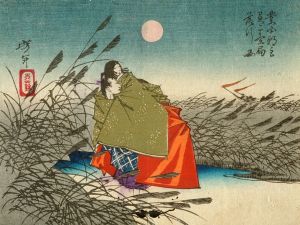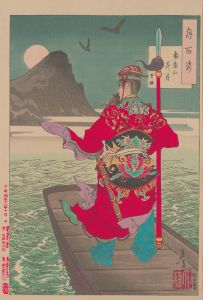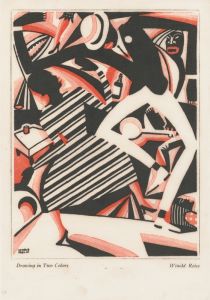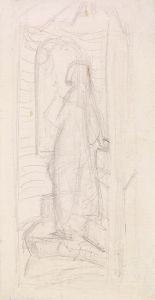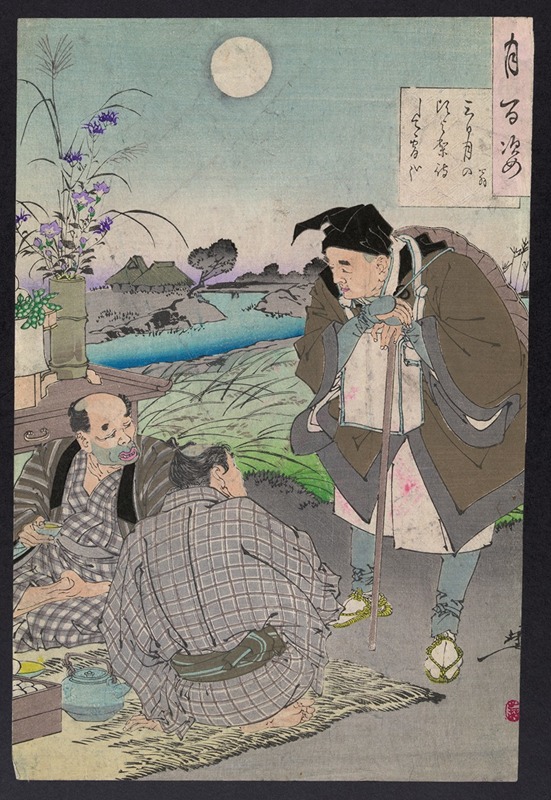
Matsuo Bashō
A hand-painted replica of Tsukioka Yoshitoshi’s masterpiece Matsuo Bashō, meticulously crafted by professional artists to capture the true essence of the original. Each piece is created with museum-quality canvas and rare mineral pigments, carefully painted by experienced artists with delicate brushstrokes and rich, layered colors to perfectly recreate the texture of the original artwork. Unlike machine-printed reproductions, this hand-painted version brings the painting to life, infused with the artist’s emotions and skill in every stroke. Whether for personal collection or home decoration, it instantly elevates the artistic atmosphere of any space.
Tsukioka Yoshitoshi, a prominent Japanese artist of the late Edo and early Meiji periods, is celebrated for his innovative woodblock prints and his role in the transition from traditional ukiyo-e to modern Japanese art. Among his many works, the depiction of Matsuo Bashō, a renowned haiku poet, stands out as a significant piece that reflects both Yoshitoshi's artistic style and the cultural reverence for Bashō.
Matsuo Bashō (1644–1694) is one of Japan's most famous poets, known for his mastery of the haiku form. His work is characterized by its simplicity, depth, and connection to nature, often reflecting the Zen Buddhist philosophy. Bashō's poetry has had a lasting influence on Japanese literature and culture, making him an enduring figure in Japan's artistic heritage.
Yoshitoshi's portrayal of Bashō is part of his broader exploration of historical and legendary figures, a common theme in his oeuvre. Yoshitoshi was known for his dynamic compositions and his ability to capture the essence of his subjects, often blending realism with imaginative elements. His works frequently depicted scenes from history, folklore, and kabuki theater, showcasing his versatility and deep understanding of Japanese culture.
In his depiction of Bashō, Yoshitoshi likely aimed to capture the poet's contemplative nature and his profound connection to the natural world. While specific details about this particular artwork are limited, Yoshitoshi's style typically involved intricate line work and a keen attention to detail, which would have been employed to convey the subtlety and depth of Bashō's character.
Yoshitoshi's art was produced during a time of significant change in Japan, as the country was opening up to Western influences and undergoing modernization. Despite these changes, Yoshitoshi remained committed to traditional Japanese themes and techniques, though he was not averse to incorporating new ideas into his work. This blend of tradition and innovation is evident in his portrayal of historical figures like Bashō, where he honors the past while also engaging with contemporary artistic trends.
The significance of Yoshitoshi's depiction of Bashō lies not only in its artistic merit but also in its cultural resonance. By choosing to portray Bashō, Yoshitoshi contributed to the preservation and celebration of Japanese literary heritage. His work serves as a bridge between the past and the present, offering viewers a glimpse into the life and spirit of one of Japan's most cherished poets.
Overall, Tsukioka Yoshitoshi's depiction of Matsuo Bashō is a testament to the enduring legacy of both the artist and the poet. It reflects the rich tapestry of Japanese culture, where art and literature are intertwined, and where figures like Bashō continue to inspire and captivate audiences across generations.





